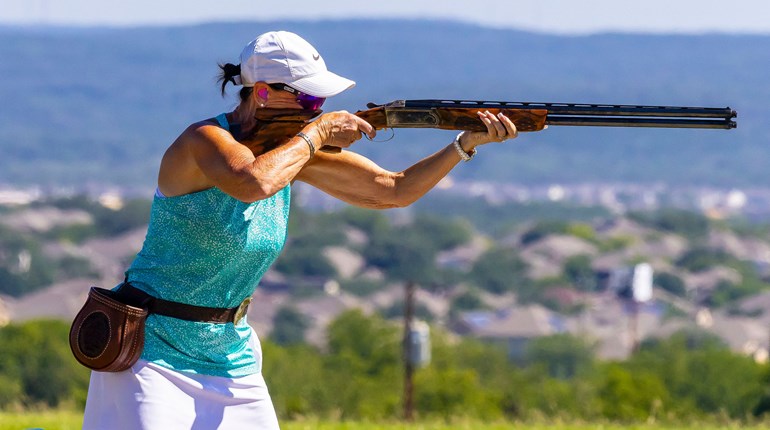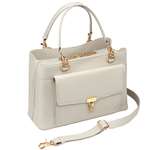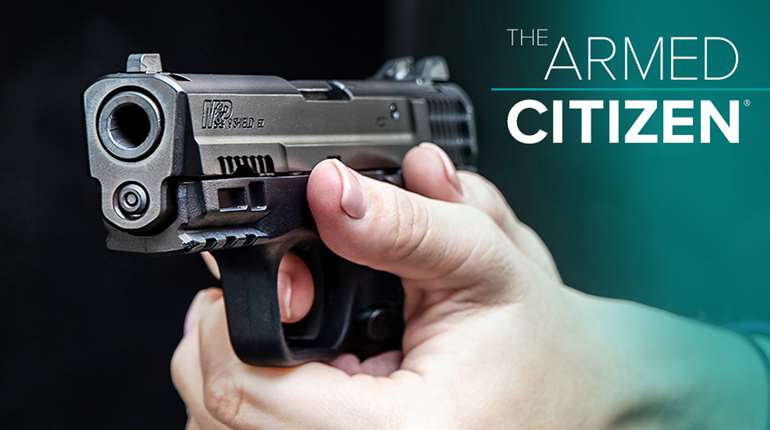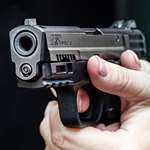
Rifles are precision tools by definition. A lot more goes into making an accurate rifle shot than you might have ever thought about, and although this isn’t rocket science by a long stretch, there are some basic rules to follow and things you need to know. Are you making any of these rookie rifle-hunting mistakes that plague hunters?
1. They Think Bore-Sighted Means Sighted In
When you mount a scope on a rifle, you have to make sure the crosshair of the scope are aiming exactly where the bullet is going to strike the target. We call this process “sighting in.” To jump-start sighting-in, many hunters and gun counter workers will bore-sight the gun—basically sticking a laser in the barrel and using the laser to align the crosshair.
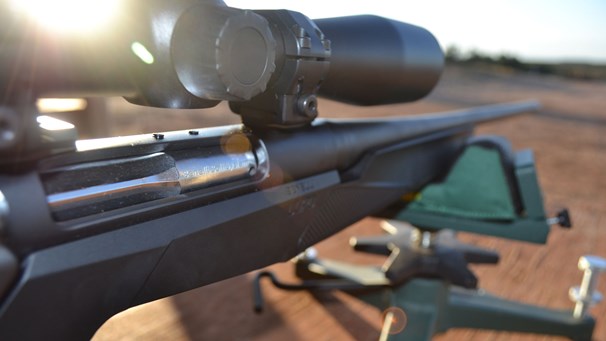
This is a start, but it’s not the end of sighting in. Far too many hunters have a scope mounted at their local sporting goods store the night before opening day, ask the employee to bore-sight it, and go hunting with the gun the next morning. Do not do this. Bore-sighting is only a ballpark estimate. All ammo loads perform differently in different rifles, and a given load might impact the target several inches high, low, left or right—or not group at all.
You must follow bore-sighting with a trip to the range to actually shoot the rifle at paper and fine-tune your crosshairs. You want to know for certain that the bullet is going to impact exactly where you want it to.
2. They Don’t Shoot Their Gun Before the Hunt
I don’t know if anyone can explain it, but weird things happen to guns when they sit in the safe for a long time. Just because your rifle was hitting dead-on at the end of last deer season doesn’t mean it will still be dead-on 10 months later when season starts up again. Chances are that it will, but you should shoot two or three shots at the range to confirm.
The same is true after travel, particularly air travel. A scope can get knocked out of alignment bumping around in the back of the truck, not to mention the abuse the airline baggage handlers can put gun cases through. Always shoot your rifle when you arrive at camp after a flight or a long drive to confirm that it’s still shooting where it should be.
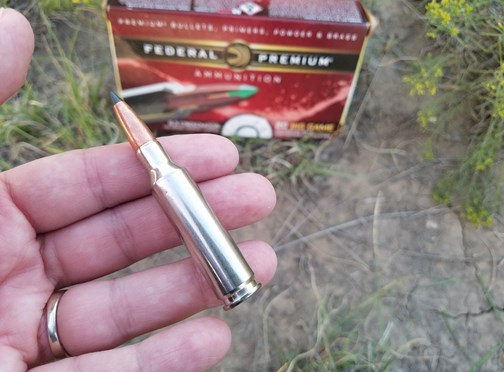
3. They Mix and Match Ammo
I was once hunting with a friend and his dad and was running a little low on .30-06 cartridges. “Here,” said the dad, “I’m shooting .30-06, too. Just take some of mine so you’ll have plenty.” I politely took some so I didn’t have to have a whole conversation about it, kept them separate from my own ammo, then returned them to him at the end of the hunt.
Different ammunition can dramatically affect your rifle’s point of impact. Not all rifles like all loads, for one thing, and you don’t know how well a given load will shoot out of your rifle until you try it (which you should not do for the first time on game). All cartridges of the same caliber are not interchangeable when it comes to point of impact, even if they’re from the same ammunition brand. Your friend’s .270 cartridges might be loaded with different projectiles that will fly differently than yours, or they might have a different amount of powder in them. This will affect velocity, which affects point of impact—sometimes dramatically. If your point of impact has changed but you don’t know it, or don’t know how much and in what direction, you risk wounding an animal.
Bottom line: You cannot mix and match ammo in your rifle without shooting it at a target first to see how and where it impacts.
4. They Don’t Pay Attention To Ballistic Data
If you’re going to keep your shot distances to 100 or maybe 200 yards, you really don’t need to know much about ballistics. Sight the gun in and stick to your range, and you’re good to go. But if you’re going to attempt a shot much beyond that, you need to understand your particular rifle/load combination’s ballistic coefficient and how to compensate for it.
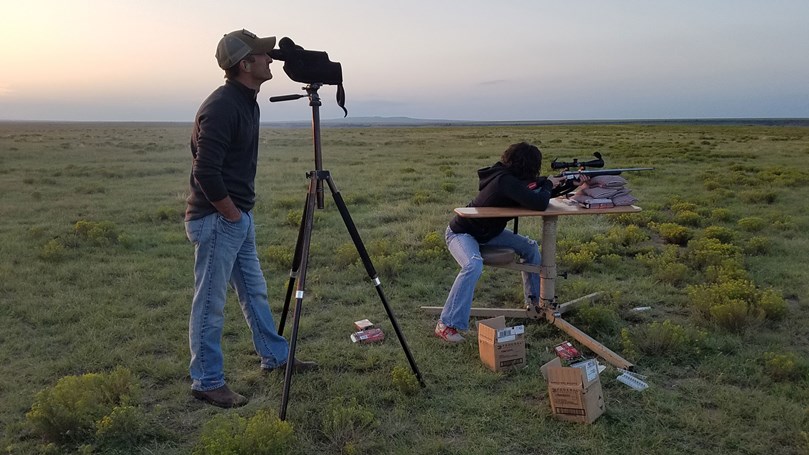
The ballistic coefficient of a given load is basically a measurement of the shape of a bullet’s arc. When fired, a projectile does not travel in a straight line. Rather, it leaves the muzzle and begins to rise, then falls as gravity pulls on it, traveling in the shape of an arc. Your scope is sighted in at a specific distance, generally 100 or 200 yards, which represents the spot where the bullet’s arc (on the downhill side) intersects the target and the line of the scope. The bullet continues to fall after this point, so if you shoot farther out than your scope is set for without changing where you hold the crosshairs, the bullet will hit the far-away target too low.
Most rifle ammo comes with a simple ballistic chart printed on the box, which will tell you that the ammo hits approximately X inches low at Y yards away. This is your “drop.” If a projectile is going to hit 8 inches low at 300 yards, you’ll need to hold the crosshairs 8 inches high, use a different set of crosshairs or hashmarks if your scope has them, or dial your scope’s elevation to a set point (that you’ve determined ahead of time) so that the crosshairs are now set for an impact 8 inches lower than before. There are also ballistic apps that will give you specific drop numbers for your rifle and load.
This is something you must work out before you hunt, at the range. It takes time to learn your load’s ballistics and time to develop the skills to shoot at a longer range, and you absolutely should not try to learn on the fly when the buck of your dreams is standing in front of you a couple hundred yards farther than you’ve ever shot before. And the numbers all change if you change anything about your ammunition, so most hunters will find an effective load that shoots well out of their rifle and stick with it.
5. They Play with At-Home Gunsmithing
I always say you can learn to do anything on YouTube, and amateur gunsmithing is no exception. If something on your gun breaks, you need to fully disassemble it for cleaning, or you want to try adjusting the fit or the trigger on a gun that is made to do so, you can definitely attempt this yourself by reading the manufacturer’s manual and picking up some step-by-step tips on YouTube.
But be careful. Take your time and be extra cautious, especially when fiddling with trigger weight or other mechanical functions. This is serious business, and reckless enthusiasm will get you into trouble if you’re not paying close attention to what you’re doing. The consequences can range from ugly (gouged wood) to annoying (springs flying across the room) to dangerous (a trigger that becomes too light and goes off too easily afield).
Triple check that the gun is unloaded before you start, have a clear workspace where you can spread out parts and a way to prevent them from rolling off the table, and follow the manual or a trusted, well-respected YouTuber (there are plenty of yahoos making gun videos who should not be trusted). If you have any doubts at all that you’ve done the work correctly, take the gun to your local sporting goods store and have their gunsmith take a look at it. Better safe than sorry.















